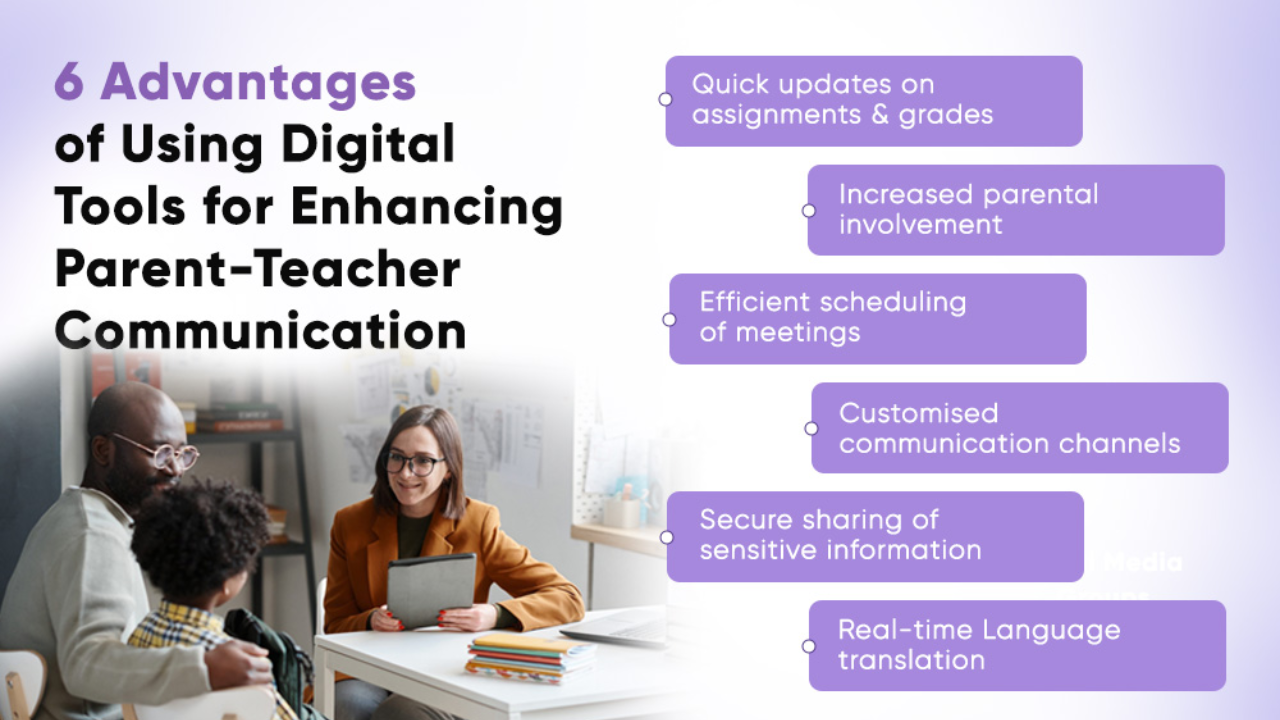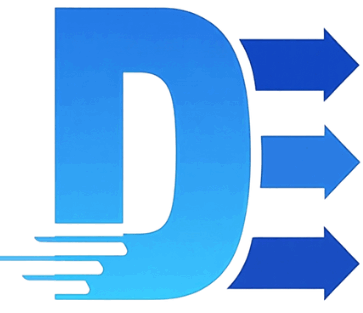
Strong parent-teacher communication is the backbone of a child’s educational success. In today’s fast-paced world, traditional parent-teacher meetings alone are no longer enough to keep parents informed and engaged. Thankfully, digital tools have revolutionized how educators and families connect, offering real-time updates, personalized feedback, and seamless collaboration.
In 2025, schools and families have access to a wide range of apps and platforms that make communication more transparent, accessible, and effective than ever. Let’s explore how digital tools are reshaping parent-teacher communication, their benefits, challenges, and practical tips for maximizing their use.
Why Parent-Teacher Communication Matters
Effective communication between parents and teachers creates a partnership that directly benefits a child’s academic and emotional development. It helps to:
- Keep parents informed about academic progress.
- Identify and resolve learning challenges early.
- Foster consistency between home and school learning.
- Build trust and collaboration between educators and families.
With digital tools, these goals are now easier to achieve consistently and conveniently.
Key Benefits of Using Digital Tools
1. Real-Time Updates
Instead of waiting for report cards or quarterly meetings, parents can receive instant updates on grades, assignments, attendance, and behavior through apps and school portals.
2. Accessibility Across Devices
Parents and teachers can connect anytime, anywhere, whether through smartphones, tablets, or laptops. This flexibility ensures communication doesn’t depend on face-to-face meetings alone.
3. Personalized Communication
Digital platforms allow teachers to share individualized progress reports, resources, or learning tips tailored to each student’s needs.
4. Increased Engagement
Parents who feel connected through regular updates are more likely to stay engaged in their child’s learning journey.
5. Bridging Language Barriers
Many platforms now offer translation features, helping schools engage families from diverse linguistic backgrounds.
Popular Digital Tools for Parent-Teacher Communication in 2025
| Tool / Platform | Best Feature | Why Parents & Teachers Love It |
|---|---|---|
| ClassDojo | Instant messaging + student portfolios | Encourages positive behavior sharing |
| Google Classroom | Assignment tracking & feedback | Easy integration with learning resources |
| Remind | Quick text-based updates | Direct communication without sharing numbers |
| Seesaw | Student-driven learning portfolios | Parents see student work in real-time |
| Schoology | Comprehensive learning management | Combines lessons, grades, and communication |
| Zoom / Meet | Virtual parent-teacher conferences | Flexible scheduling for busy families |
Challenges of Digital Communication
While digital tools are transformative, they are not without challenges:
- Screen Fatigue – Parents and teachers already juggle multiple apps. Too many notifications can feel overwhelming.
- Digital Divide – Not all families have equal access to devices or stable internet.
- Privacy Concerns – Sharing student data online raises security risks if platforms aren’t carefully vetted.
- Overreliance – Too much digital communication can reduce the importance of personal interactions.
Best Practices for Parents and Teachers
- Set Clear Communication Boundaries
Decide when and how digital tools will be used (e.g., no late-night messaging). - Use One Main Platform
Schools should choose a primary platform to avoid confusion and app overload. - Balance Online and Offline Meetings
Digital tools should supplement, not replace, face-to-face discussions. - Respect Privacy and Security
Always use school-approved apps that comply with data protection laws. - Encourage Two-Way Communication
Parents should feel comfortable reaching out, not just receiving updates.
Overview Table
| Communication Goal | Digital Tool Example | Benefit for Parents & Teachers |
|---|---|---|
| Share grades & progress | Google Classroom | Transparent academic updates in real-time |
| Behavior tracking | ClassDojo | Encourages positive reinforcement |
| Quick reminders | Remind | Instant alerts without phone calls |
| Showcase student work | Seesaw | Parents stay engaged in learning process |
| Virtual meetings | Zoom/Meet | Easy scheduling and accessibility |
| All-in-one learning hub | Schoology | Centralized learning and communication |
Final Thoughts
Digital tools are no longer just optional add-ons for schools—they are essential for building stronger parent-teacher partnerships. By making communication instant, personalized, and accessible, they create a supportive ecosystem where children thrive academically and emotionally.
That said, balance is key. While apps and platforms are powerful, they should complement human interaction, not replace it. The ultimate goal is to use technology as a bridge—strengthening collaboration between families and educators to give children the best possible support.
3 Quick FAQs
Q1. What is the biggest benefit of digital parent-teacher communication?
Real-time updates ensure parents stay informed and engaged without waiting for traditional meetings.
Q2. Are digital communication tools safe for student data?
Yes, if schools use approved, secure platforms that follow privacy guidelines.
Q3. Do digital tools replace in-person parent-teacher meetings?
No, they supplement them by keeping ongoing communication active between meetings.
